Jowar, or sorghum, survives in the Rabi season, offering a sustainable and profitable crop option for farmers. This blog delves into the best cultivation practices for Jowar during Rabi, exploring suitable varieties and effective techniques to maximize yield. We’ll examine soil preparation, sowing methods, irrigation, and pest management tailored specifically for Rabi cultivation. Additionally, we’ll highlight high-yielding varieties adapted to this season, providing insights for farmers to enhance productivity and sustainability in their Jowar farming endeavors.
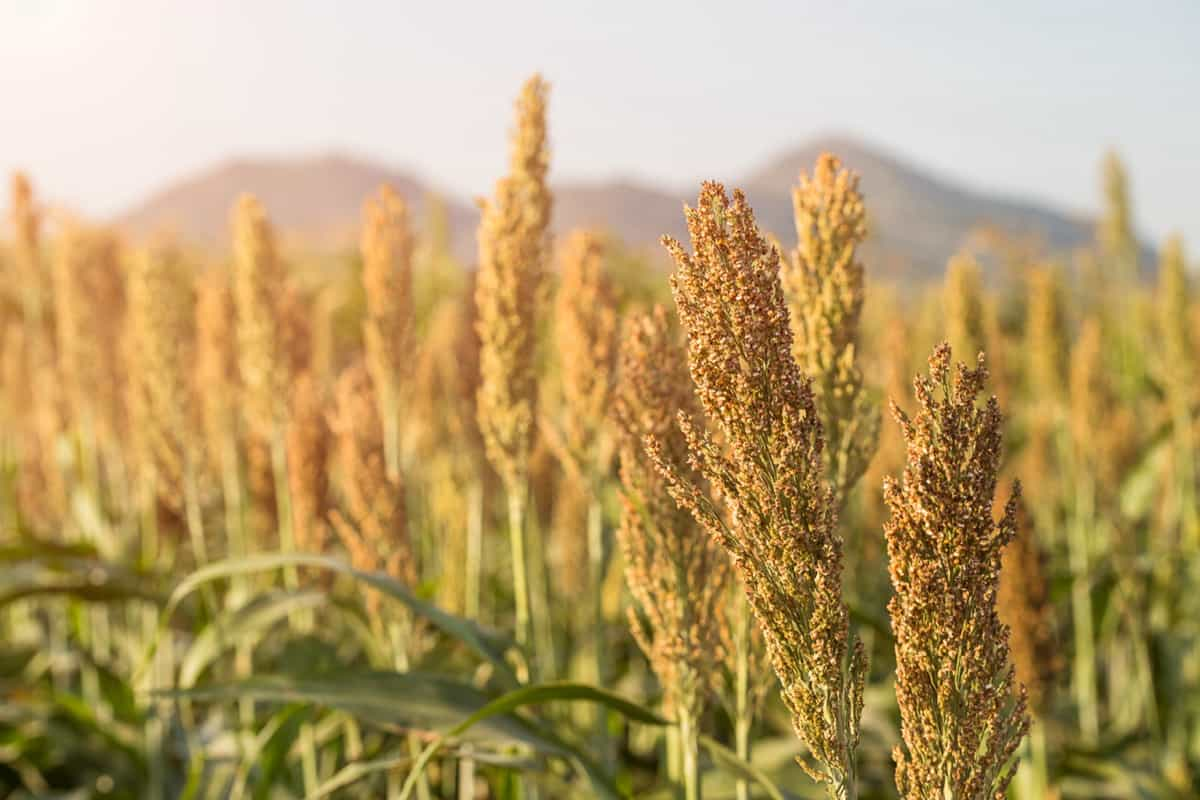
Jowar Farming in Rabi Season
Jowar or sorghum is a cereal crop that can be cultivated in both the kharif and rabi seasons. However, the rabi season is considered the best time for jowar cultivation in India. Jowar is grown in different agro-climatic conditions, but it prefers sandy loam soils with good drainage and a pH range of 6.1 to 7.5. Jowar is also known as the ‘king of millets’ because of its high nutritional value and resilience to climate change.
Soil Preparation and Planting Techniques for Jowar Farming
The soil preparation for jowar farming involves plowing once in summer, followed by 2-3 harrowings. Then, around 8-10 tonnes of farm yard manure (FYM) per hectare should be incorporated into the soil. To control soil pests, phorate or thimate @ 8-10 kg/ha can be applied at the time of sowing. The sowing method for jowar is drilling on the kera technique in lines that are 25-30 cm apart and 5-6 cm deep. The seed rate for jowar varies depending on the variety, season, and spacing, but generally, it ranges from 8 to 12 kg/ha.
Suitable Jowar Varieties for Rabi Season
There are many varieties of jowar suitable for rabi season cultivation, such as CSH 1, CSH 2, CSH 3, CSH 4, CSH 5, CSH 6, CSH 7, CSH 8, CSH 9, CSH 10, CSH 11, CSH 12, CSH 13, CSH 14, CSV 15, CSV 16, CSV 17, CSV 18, CSV 19, CSV 20, CSV 21, CSV 22, CSV 23, CSV 24 and CSV 25. These varieties have different characteristics, such as yield potential, maturity duration, grain quality, and resistance to pests and diseases. The choice of variety depends on the farmer’s preference and the market demand.
Irrigation Management for Rabi Season Jowar Crop
Jowar is a drought-tolerant crop that can survive with minimal irrigation. However, to obtain higher yields and better quality grains, irrigation is recommended at critical stages of crop growth, such as germination, tillering, flowering, and grain filling. The frequency, amount of irrigation depend on the soil type, rainfall pattern, and crop variety. Generally, jowar requires about four to six irrigations during the rabi season.
In case you missed it: Best Fertilizer for Sorghum/Jowar: Organic, NPK, Bio-fertilizers, Requirements, When and How to Apply
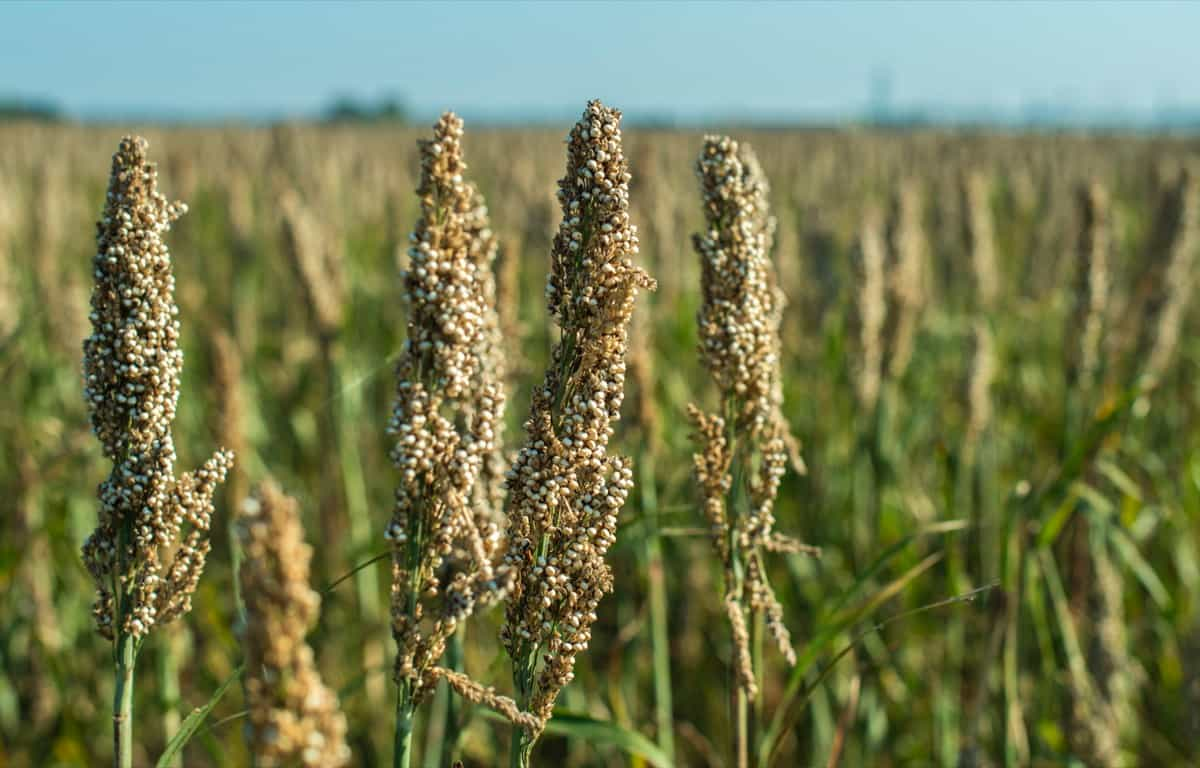
Nutrient Management and Fertilization for Jowar in Rabi Season
Jowar requires adequate nutrients for its growth and development. The nutrient requirement varies depending on the soil fertility status, crop variety, and yield target. However, a general recommendation is to apply about 80 kg of nitrogen (N), 40 kg of phosphorus (P2O5), and 40 kg of potassium (K2O) per hectare.
Half of the N and full dose of P2O5 and K2O should be applied as basal dose at the time of sowing. The remaining half of N should be used in two equal splits at the tillering and flowering stages. Organic manures such as FYM or compost can also be applied to improve soil health and fertility.
Weed Control Strategies for Jowar Farming in Rabi Season
Weeds are one of the major constraints in jowar farming as they compete with the crop for nutrients, water, and space. Weeds reduce the yield and quality of jowar by up to 50% if not controlled timely. Therefore, weed control is essential for successful jowar cultivation. Weed control be achieved by mechanical methods such as hoeing or interculturing between rows or by chemical methods such as spraying herbicides.
The choice of weed control method depends on the weed species, crop stage, and availability of resources. Some of the common herbicides used for jowar weed control are atrazine @ 0.5 kg/ha pre-emergence or 1 kg/ha post-emergence or pendimethalin @ 1 kg/ha pre-emergence.
Planting Techniques for Jowar Farming in Rabi Season
- Choose a well-drained and fertile soil with a pH of 6.5 to 7.5. Regur soil and alluvium soil are favorable for jowar cultivation.
- Select a high-yielding and disease-resistant variety of jowar suitable for your region. Some popular varieties are CSH 16, CSH 18, CSV 15, CSV 17, CSV 20, etc.
- Prepare the land by plowing and harrowing to make a fine seedbed. Apply farmyard manure or compost at the rate of 10-15 tonnes per hectare before the last plowing.
- Sow the seeds in rows at depth of 3 to 4 cm and a spacing of 45 to 60 cm between rows and 15 to 20 cm between plants. Use a seed rate of 8-10 kg per hectare for rabi crop.
- Apply basal dose of fertilizers at the time of sowing. Use 40 kg of nitrogen, 20 kg of phosphorus, 20 kg of potassium per hectare. Top dress with 20 kilograms of nitrogen per hectare after 30 days of sowing.
In case you missed it: Organic Proso Millet Farming: Cultivation Practices and Production Management
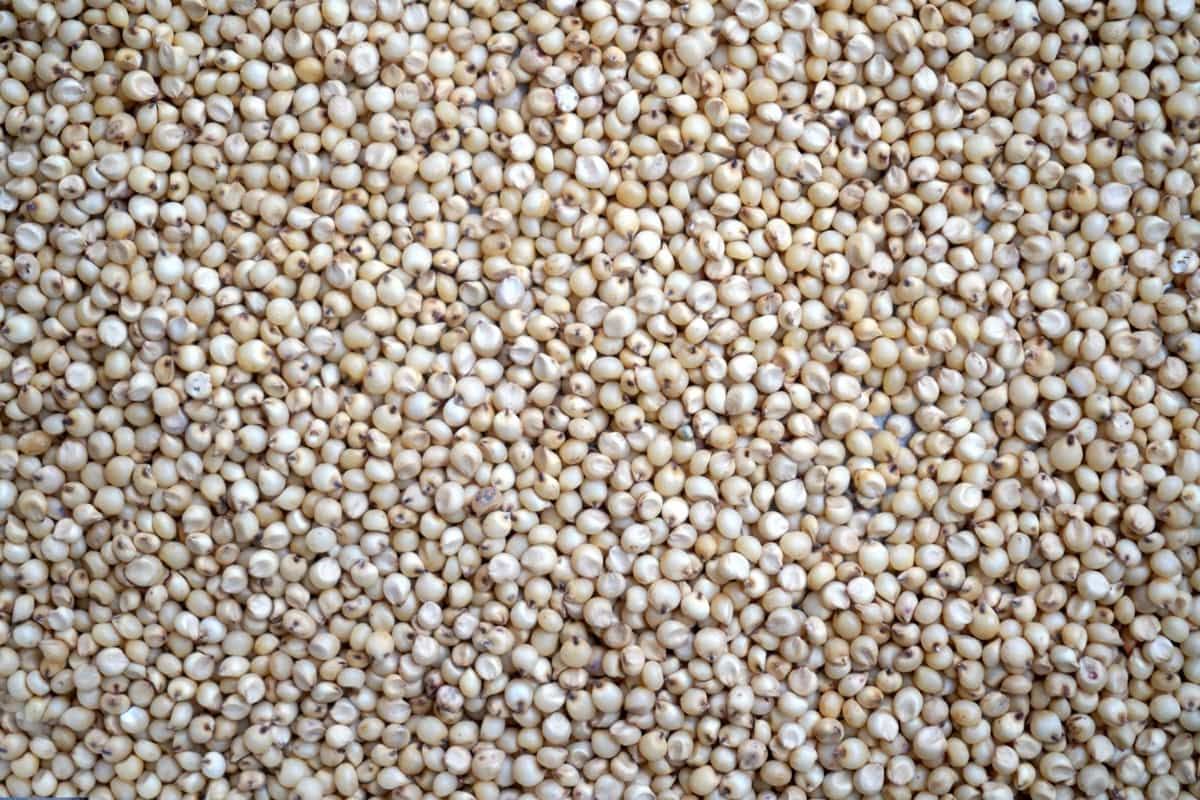
- Irrigate the crop at regular intervals depending on the soil moisture and weather conditions. The critical stages of water requirement are germination, flowering, and grain filling. Avoid waterlogging and drought stress.
- Weed Control Strategies for Jowar Farming in Rabi Season
- Control the weeds by manual weeding or hoeing during the initial stages of crop growth. Use a hand hoe or a power weeder to remove the weeds between the rows.
- Apply pre-emergence herbicides such as atrazine or pendimethalin at the rate of 1-1.5 kg per hectare within three days of sowing to prevent the emergence of weeds.
- Apply post-emergence herbicides such as 2,4-D or metsulfuron-methyl at the rate of 0.5 to 1 kg per hectare after 20 to 25 days of sowing to control broad-leaved weeds.
- Follow integrated weed management practices such as crop rotation, intercropping, mulching, etc., to reduce weed infestation and improve soil health.
Pest and Disease Management in Rabi Season Jowar Cultivation
- Monitor the crop regularly for different signs of pest and disease attack. Some common pests are shoot flies, stem borer, aphids, thrips, etc. Some common diseases are anthracnose, leaf blight, ergot, etc.
- Use resistant varieties, healthy seeds, balanced fertilization, timely irrigation, etc., to prevent or reduce pest and disease incidence.
- Use mechanical methods such as hand picking, trapping, etc., to remove or kill the pests.
- Use biological methods such as predators, parasitoids, biopesticides, etc., to control the pests naturally.
- Use chemical methods such as insecticides, fungicides, etc., only as a last resort when the pest or disease infestation is severe and beyond the economic threshold level. Follow the recommended dose, method, and time of application.
Harvesting and Storage Practices for Jowar in Rabi Season
- Harvest the crop when the grains are hard and mature. The maturity can be judged by pressing a grain between the thumb and forefinger. If no milky juice comes out, then the crop is ready for harvest.
- Cut the crop close to the ground using a sickle or a harvester. Bundle the cut stalks and transport them to the threshing yard.
- Thresh the crop by beating it with sticks or using a mechanical thresher. Separate the grains from the chaff by winnowing or using a cleaner-cum-grader.
- Dry the grains in the sun until they reach a moisture content of 10 to 12 percent. Store them in clean and dry gunny bags or bins in a cool and dry place.
- Protect the stored grains from rodents, insects, fungi, etc., by using proper storage structures and methods.
Post-Harvest Management and Processing of Jowar Grains
Jowar grains are harvested at the right maturity stage, with a moisture content of 20-25%. The ear heads are cut and stacked in the field for sun drying, turning frequently to prevent fungal growth. Threshing is the process of separating the grains from the ear heads, which can be done manually or mechanically. The grains are cleaned by winnowing or sieving to remove impurities. Grading is the sorting of grains based on size, shape, color, and quality, improving the market value and consumer preference.
In case you missed it: New Paddy Varieties in India: High-Yielding, Disease-Resistant, and Aromatic Rice Cultivars
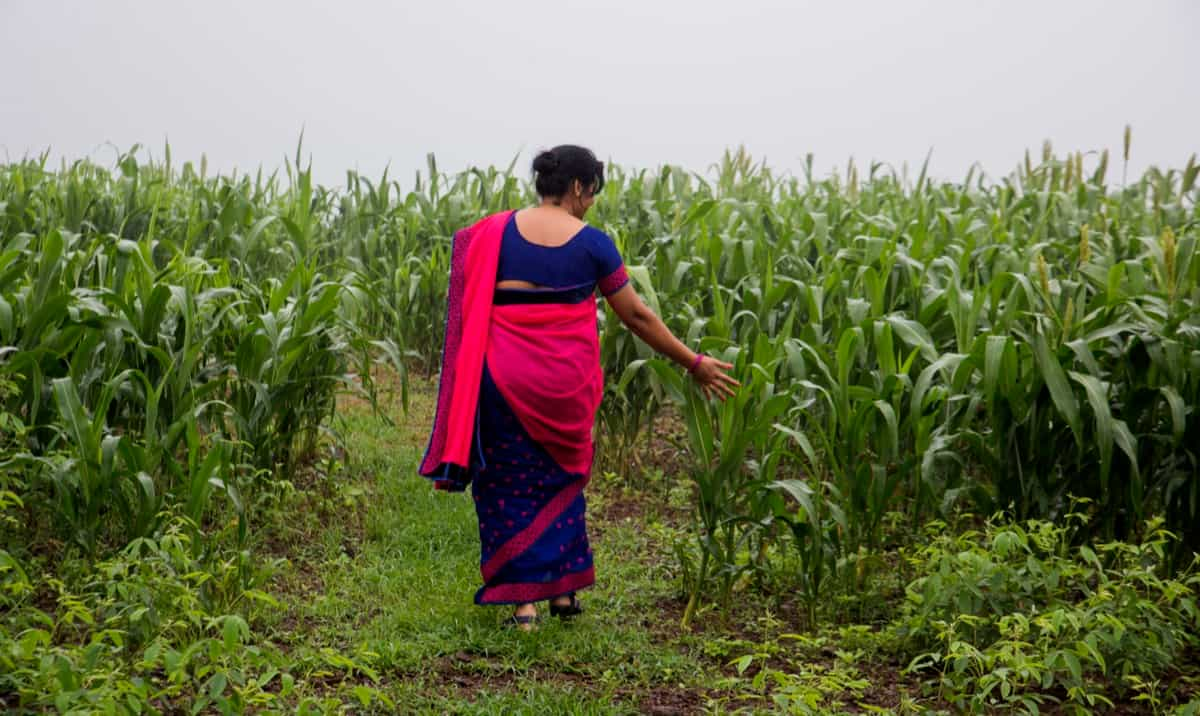
The graded grains should be stored in clean, dry, and well-ventilated containers. Storage is crucial for jowar grains, ensuring they are safe from pests, rodents, moisture, and other factors that can deteriorate them. Ideal storage conditions include low temperature, low relative humidity, and low insect infestation. Traditional storage structures include mud bins, bamboo baskets, gunny bags, and metal drums.
Modern storage structures have silos, godowns, and warehouses. Processing transforms the grains into various products for human consumption or animal feed, enhancing their palatability, digestibility, and nutritional value. Common processing methods include milling, popping, malting, roasting, flaking, and extrusion. Common products made from jowar grains include flour, porridge, bread, roti, biscuits, snacks, malted beverages, and animal feed.
Jowar Yield Per Acre in India in Rabi Season
Jowar yield in India is around 1000 kg/ha (400 kg/acre) depending on factors like variety, soil type, climate, irrigation, fertilization, and pest management. It is mainly grown for fodder crop in the Rabi season, with yields ranging from 150 to 200 quintals per acre for single-cut types to 280 to 320 quintals per acre for multi-cut cultivars. However, if grown as a grain crop in the Rabi season, yields can be higher due to lower pest pressure and better irrigation facilities. Asia Farming suggests that higher yields can be achieved with 1.80 lakh plants per acre under assured soil moisture conditions.
Market Analysis and Selling Tips for Rabi Season
The Rabi season, from late autumn to spring, is a unique market for Jowar (sorghum) produce, primarily due to its usage in food products and as animal feed. The demand for Jowar is influenced by factors such as consumer preference for healthier grains, government policies, and international trade dynamics. Jowar’s drought-resistant nature makes it a reliable produce, even in less favorable climatic conditions, resulting in steady market prices. The growing trend towards gluten-free diets has also increased its popularity in urban markets.
In case you missed it: Organic Little Millet Farming: Cultivation Practices and Production Management
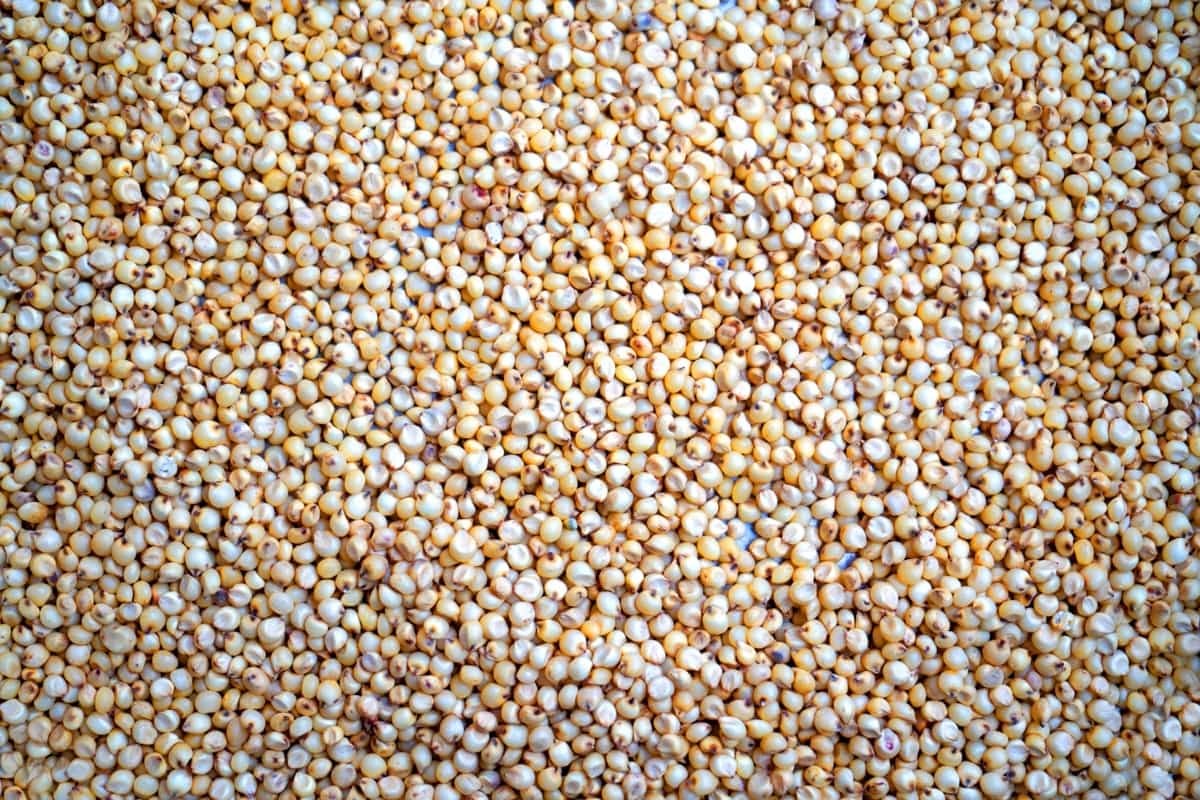
Key consumers of Jowar include the health-conscious demographic, animal feed industry, and traditional consumers who incorporate Jowar in their diets. Effective marketing strategies include direct selling to sectors, participating in agricultural fairs, collaborating with government programs, adding value through processing, building relationships with buyers, and staying informed about market conditions. Marketing Jowar as a health food can attract urban health-conscious consumers and appeal to the animal feed industry.
Establishing direct links with animal feed manufacturers or food processing industries can ensure bulk orders and stability in sales. Adding value through processing can increase market appeal and attract convenience-seeking consumers. Building relationships with regular buyers and staying informed about market trends, consumer preferences, and potential challenges is essential for Jowar farmers to stay ahead in the market.
Jowar Produce in India
Jowar, also known as sorghum, is one of the important food and fodder crops in India. It can be cultivated in Kharif and Rabi seasons. Millet Statistics by ICAR, India produced 48.03 lakh metric tonnes of jowar from 50.24 lakh hectares of developed area in 2017-18. India’s jowar production accounted for 8.09 percent of the world’s production of millets in 2020. However, the production volume of jowar has declined gradually over the years due to various factors such as low profitability, pest and disease problems, and climate change.
In case you missed it: High-Yielding Wheat Varieties in India: Hybrid Cultivars for Increased Profits
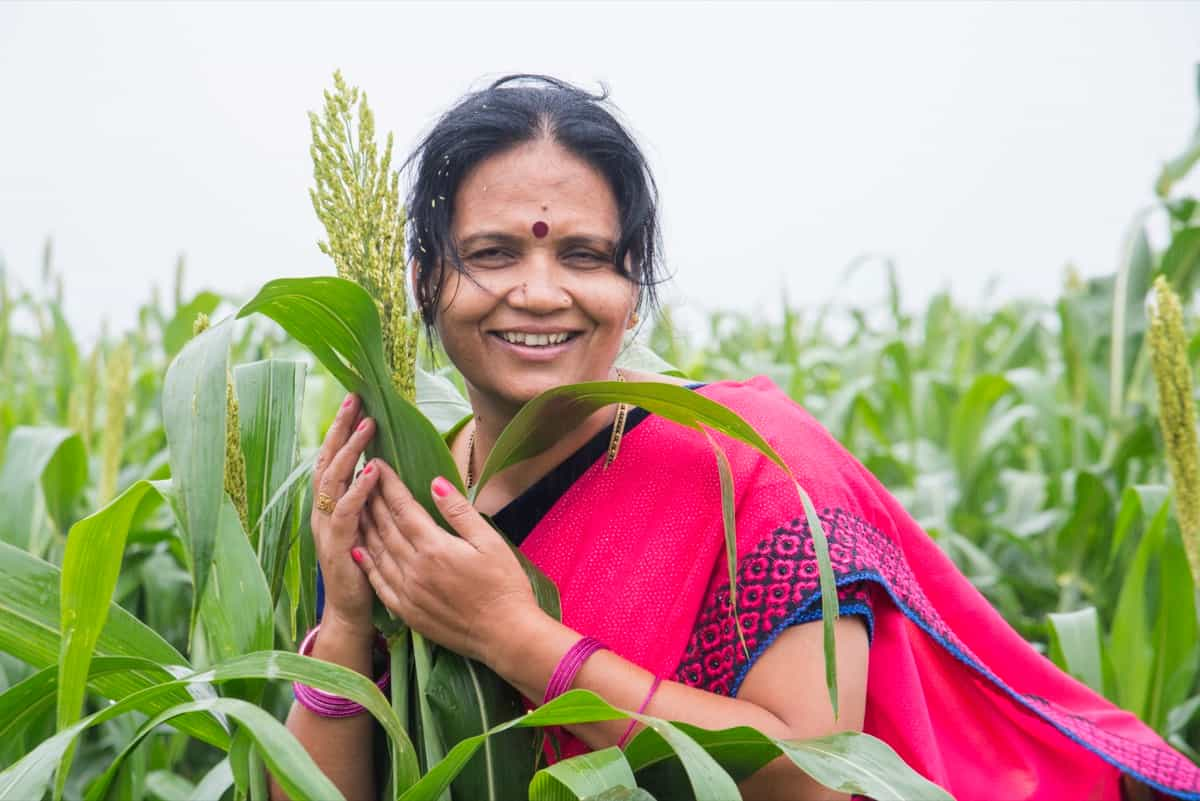
Conclusion
Jowar farming in the Rabi season offers significant opportunities due to its resilience and versatility. By adopting effective cultivation practices, choosing suitable varieties, and focusing on yield optimization, farmers can harness Jowar’s potential. This strategic approach ensures sustainable agriculture while meeting the growing demand for this nutritious grain.
- Goat Farming Technology: The Future of Goat Husbandry
- How to Build a Low-budget Goat Shed: Cheap Ideas and Tips
- Goat Farming Training Programs in India: A Beginner’s Guide
- Types of Pesticides Used in Agriculture: A Beginner’s Guide
- Economical Aquaculture: A Guide to Low-Budget Fish Farming
- 15 Common Planting Errors That Can Doom Your Fruit Trees
- How to Make Houseplants Bushy: Effective Tips and Ideas
- Innovative Strategies for Boosting Coconut Pollination and Yield
- Pollination Strategies for Maximum Pumpkin Yield
- The Complete Guide to Chicken Fattening: Strategies for Maximum Growth
- Natural Solutions for Tulip Problems: 100% Effective Remedies for Leaf and Bulb-Related Issues
- Revolutionizing Citrus Preservation: Towards a Healthier, Greener Future
- Natural Solutions for Peony Leaf and Flower Problems: 100% Effective Remedies
- Maximizing Profits with Avocado Contract Farming in India: A Comprehensive Guide
- Natural Solutions for Hydrangea Problems: 100% Effective Remedies for Leaf and Flowers
- The Ultimate Guide to Choosing the Perfect Foliage Friend: Bringing Life Indoors
- From Sunlight to Sustainability: 15 Ways to Use Solar Technology in Agriculture
- The Ultimate Guide to Dong Tao Chicken: Exploring from History to Raising
- The Eco-Friendly Makeover: How to Convert Your Unused Swimming Pool into a Fish Pond
- Mastering the Art of Delaware Chicken Farming: Essentials for Healthy Backyard Flocks
- 20 Best Homemade Fertilizers for Money Plant: DIY Recipes and Application Methods
- How to Craft a Comprehensive Free-Range Chicken Farming Business Plan
- Brighten Your Flock: Raising Easter Egger Chickens for Beauty and Bounty
- How to Optimize Your Poultry Egg Farm Business Plan with These Strategies
- Subsidy for Spirulina Cultivation: How Indian Government Schemes Encouraging Spirulina Farmers
- Ultimate Guide to Raising Dominique Chickens: Breeding, Feeding, Egg-Production, and Care
- Mastering the Art of Raising Jersey Giant Chickens: Care, Feeding, and More
- Ultimate Guide to Raising Legbar Chickens: Breeding, Farming Practices, Diet, Egg-Production
- How to Raise Welsummer Chickens: A Comprehensive Guide for Beginners
- How to Protect Indoor Plants in Winter: A Comprehensive Guide
- Ultimate Guide to Grow Bag Gardening: Tips, Tricks, and Planting Ideas for Urban Gardeners
- Guide to Lotus Cultivation: How to Propagate, Plant, Grow, Care, Cost, and Profit
- Agriculture Drone Subsidy Scheme: Government Kisan Subsidy, License, and How to Apply Online
- Ultimate Guide to Raising Araucana Chickens: Breed Profile, Farming Economics, Diet, and Care
- Bringing Hydroponics to Classroom: Importance, Benefits of Learning for School Students
- Ultimate Guide to Raising Polish Chickens: Breed Profile, Farming Economics, Diet, and Care